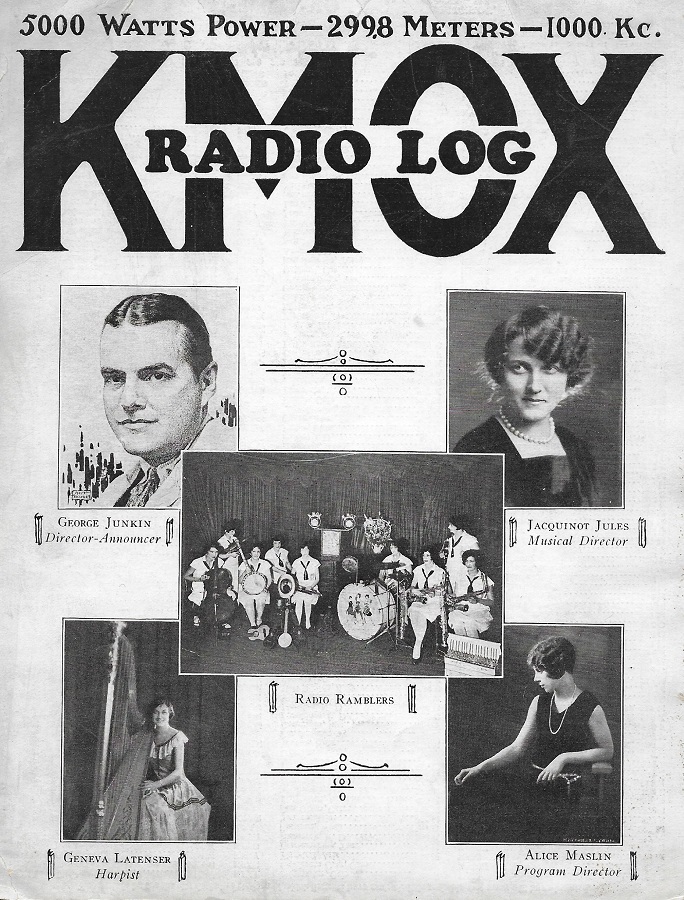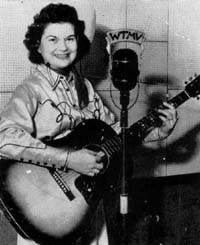Radio Articles
WIL’s Kids’ Show
The following editorial appeared in the St. Louis Times October 28th [1929] and their praise of WIL efforts is appreciated:
“Children and the Radio
“Have you ever tuned in on the Saturday morning programs of Station WIL in which children of the St. Louis grade schools are the guest artists? The artistic ability of our youthful home talent will undoubtedly prove a revelation.
“The programs are conducted each Saturday morning beginning at 11:30, under the auspices of the St. Louis Police Department, and are possessed of value other than vehicles of entertainment. The plan originated several years ago with the unselfish enterprise and civic vision of Patrolman Richard L. Palmer who still acts as master of ceremonies. He voluntarily gave liberally of his time and effort to properly organize the school children for this purpose, and the results were so successful that Chief Gerk, quick to realize the full value of the undertaking, officially ordered the programs to be continued.
“Foremost among the benefits of this splendid activity are a truer and closer understanding and friendship between the school children and the members of the police force, with a resultant spirit of cooperation, and a marked increase in interest and improvement on the part of the grade school pupils in their musical and literary endeavor. Loyal, law-abiding, beneficial citizenship in the rising generation must inevitably spring from such effort.
“Enthusiastic commendation is due Chief Gerk, Patrolman Palmer. Station WIL and all others identified with the movement for the public service they are rendering and the results they are attaining.”
(WIL Newsletter 11/15/1929)

 her listeners could come up with one she didn’t know. A gifted musician on piano, harmonica, mandolin, Gibson guitar, banjo and bass, Susie kept the listeners of WTMV entertained for six years.
her listeners could come up with one she didn’t know. A gifted musician on piano, harmonica, mandolin, Gibson guitar, banjo and bass, Susie kept the listeners of WTMV entertained for six years.